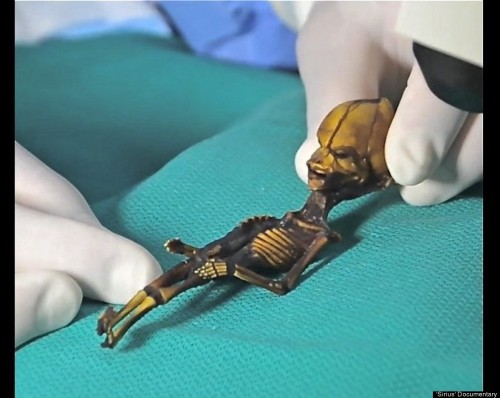The IHEU General Assembly is taking place in Bucharest the weekend of 26th May, and I’ll be going. I have to think about what I’m going to talk about…
Hmmm…here’s some inspiration.
In Romania the theory of evolution was taken out from the biology classes for several years, and it was reintroduced only as a result of strong pressure from the civil society and the international organizations. But the situation is not much better in the present. The creationism is taught at school from the very beginning of school, in each year, through the religion class; in the same time, the evolution of species is first mentioned in the biology class only in the eighth grade. As a result, 74% of the Romanian pupils consider that creationism is right and only 14% have this opinion about evolution.
Given that the theme is “Education, Science and Human Rights”, I might be able to come up with something to say.





